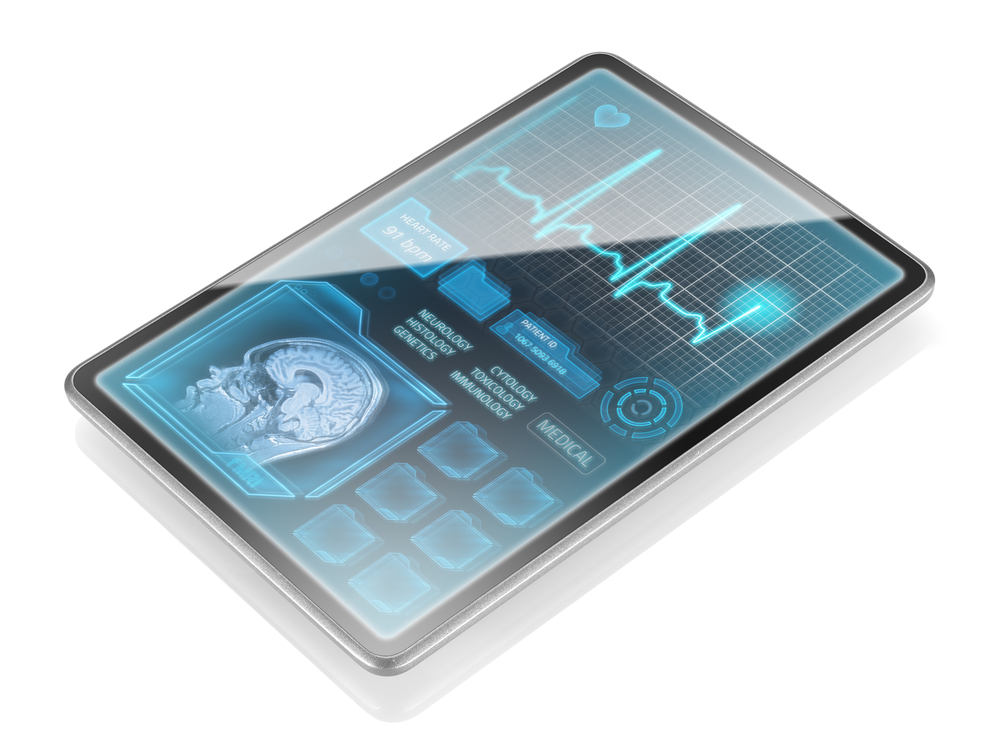
Mobile technology is helping medical experts to improve and expand clinical studies, providing an unprecedented wealth of data for research.
The most dramatic impact has come from wearable devices and health platforms and apps, which researchers are using to collect real-time data on the long-term progression of diseases. Data can be collected hourly and uploaded into a system, providing high frequency data at a fraction of the cost of more traditional research methods.
Mobile technology is facilitating tasks that used to require thousands of paper applications being mailed out to register volunteers and obtain consent to participate in trials - trials that used to take place at locations and times that may be inconvenient for them, resulting in high instances of absence. With so many factors in play, this unwieldy approach ultimately affects the integrity of the study. Mobile tech - which can be used to engage with participants as they go about their daily lives - is having an overwhelmingly positive effect on the reliability of research.
One recent study on asthma tested the limits of mobile clinical research. The study enrolled 10,000 participants without researchers ever coming face to face with their subjects. Recruitment, consent, enrollment, collection of data - every aspect of the research was conducted remotely using mobile devices.
It’s not simply a question of scale. The breadth of participants able to take part means researchers can draw more conclusive results. The asthma study, for example, enabled researchers to look at results from all 50 states, all because of the ubiquity of smartphones.
Mobile clinical research is still in its formative stages. Challenges remain - such as acceptance by peer-reviewed scientific journals - but the potential is obvious. The key for researchers is to determine situations where mobile studies can provide maximum value, and reassure participants that their privacy will be protected. These challenges simply require time. Time for the scientific community to reach a consensus that mobile research is as valuable as it appears, and time for the public to come around to the concept.
On the latter point there is much room for optimism. After all, one only need reflect on how rapidly we’ve adapted to mobile technology in other spheres of life. For most of us, going back to a pre-smartphone age is a scarier concept than coping with new ways of using the technology. And the more we see health benefits arising from mobile innovations, the quicker we’ll jump on board.